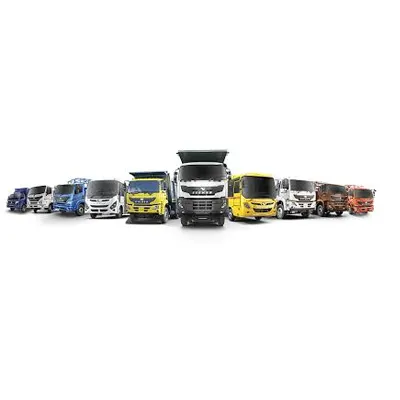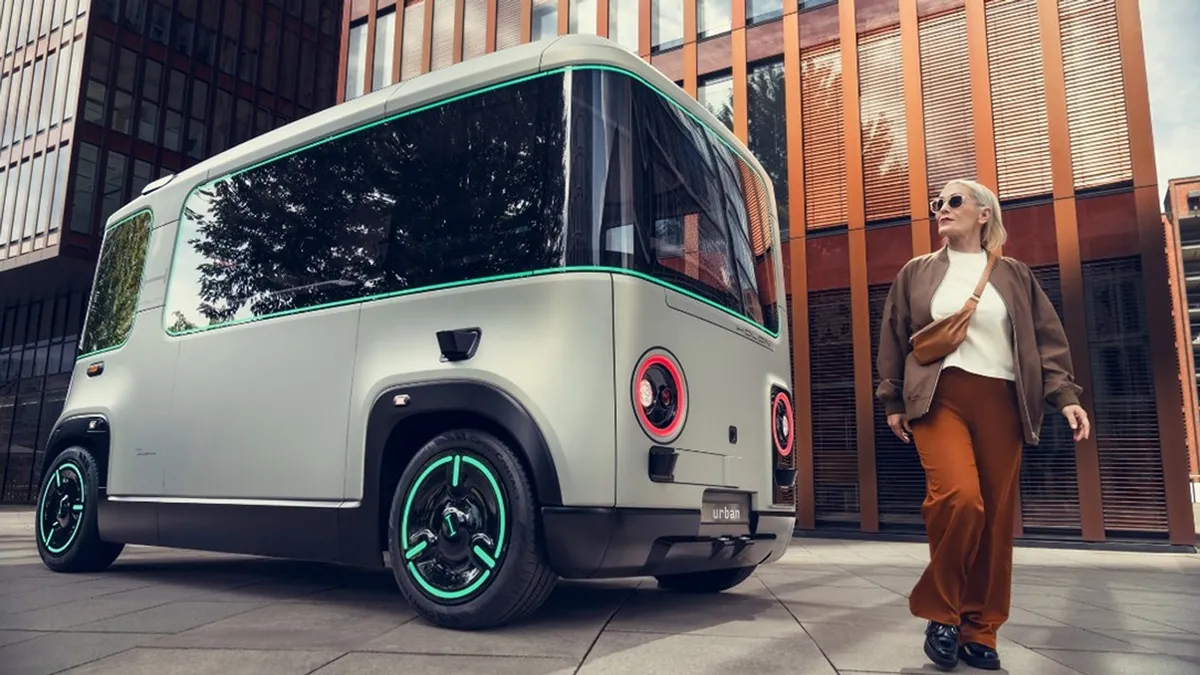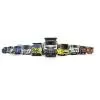Shifting preferences for tippers and dump trucks

VE Commercial Vehicles Reports 13.2% Sales Growth in October
VE Commercial Vehicles (VECV)—a joint venture between Volvo Group and Eicher Motors—recorded sales of 8,050 units in October 2025, up 13.2 per cent from 7,112 units in October 2024. The tally includes 7,771 Eicher brand units and 279 Volvo brand units. Eicher-branded trucks and buses posted sales of 7,771 units in October 2025 against 6,911 units a year earlier, reflecting 12.4 per cent growth. In the domestic market, Eicher sold 7,070 units compared with 6,611 units in October 2024—a rise of 6.9 per cent. On the exports front, VECV achieved a robust increase, selling 701 units versus ..

BorgWarner Batteries to Power HOLON’s Autonomous Shuttle
BorgWarner, a global leader in sustainable mobility solutions, has secured a contract to supply its advanced battery system for the new HOLON urban—a 15-seater, Level 4 autonomous, fully electric shuttle developed by the BENTELER Group. This marks BorgWarner’s first contract for an autonomous vehicle battery system in North America. Each shuttle will feature two lithium nickel manganese cobalt oxide (NMC) 5AKM 157 cylindrical cell battery packs, each equipped with an integrated, replaceable contactor box and a multi-pack controller. The 57 kWh battery packs feature a modular design, stain..

AtoB to Acquire India’s LogiPe in Global Fleet Fintech Expansion
LogiPe, a leading Indian fintech specialising in real-time payments and fleet solutions, has announced its upcoming acquisition by AtoB, a global financial services company transforming fleet payments and spend management. The move aims to strengthen AtoB’s worldwide capabilities in delivering next-generation financial services for fleet owners and operators. Founded in 2022, LogiPe works with over 10,000 fleet owners across India, offering prepaid card-based payment solutions to logistics players such as Bigstock Logistics and Instant Transports. The company pioneered real-time payments an..
















